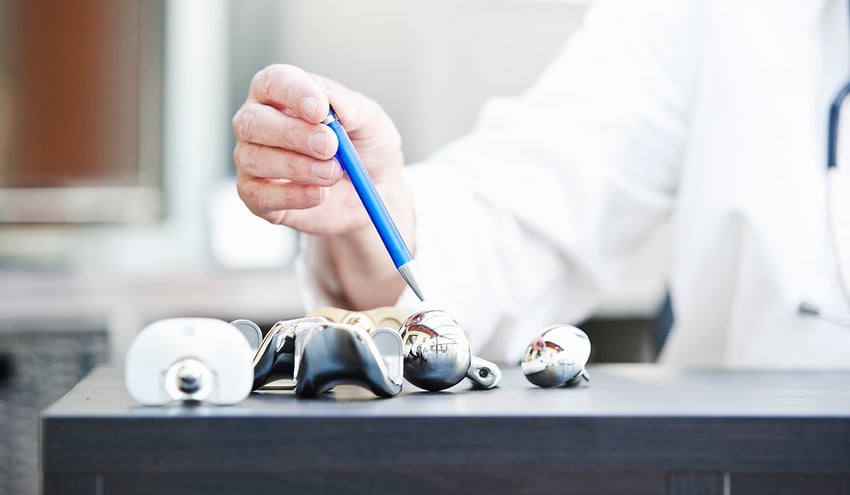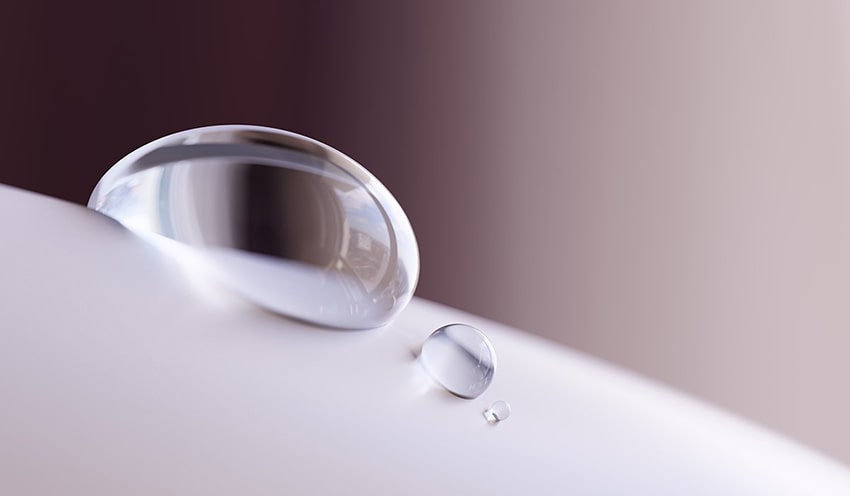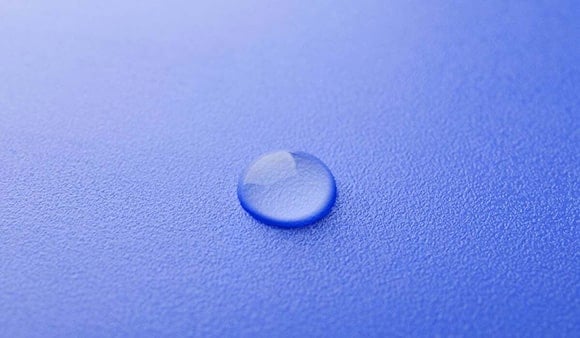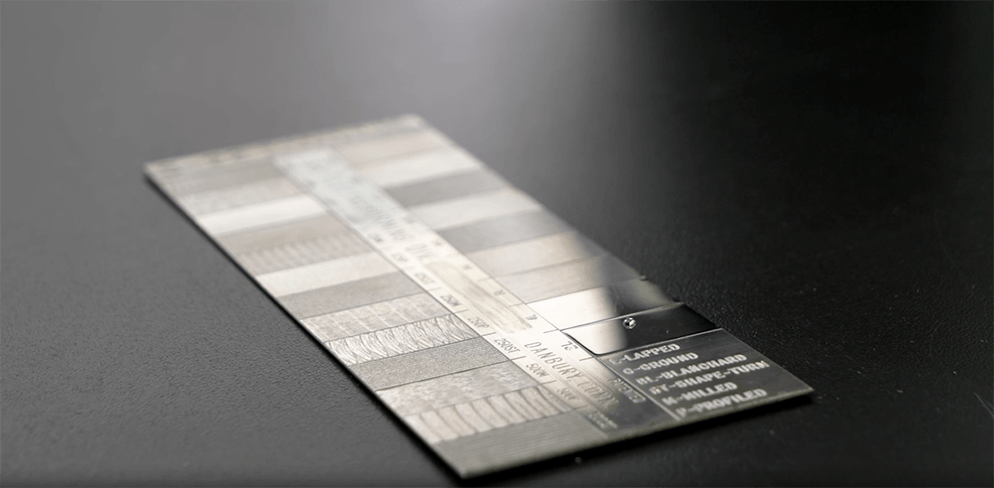Time is always of the essence for medical device manufacturers. When a medical breakthrough needs to make it to market, there is no time to waste. There is also no margin for error.
Medical device manufacturers are always working with doctors and scientists to experiment with profound new technologies that require innovative and advanced materials to achieve medical marvels. These materials can make the impossible possible in people’s lives but also come with unique challenges during development and production.
There are numerous variables that must be accounted for and controlled during production to make sure every single product is consistent, meets all regulatory requirements, and doesn’t have any unintended effects on downstream processes or the end user’s/patient’s experience.
In order to achieve this degree of predictability, manufacturers need objective, quantitative testing in both pre-production labs and production-level processes that are sensitive to the variables at play (e.g., lubricity, surface energy, coating thickness, cleanliness, etc.) and can be conducted quickly and accurately over and over again.
Through traditional methods of testing surfaces in manufacturing, monitoring surface quality can take an absurdly long time. In an industry like medical device manufacturing, where everything can feel protracted and extensive, cutting time without sacrificing reliability is a game changer.
For an orthopedic device manufacturing company that realized they needed that kind of change, they found it by adopting a new technology that perfectly complemented their innovative process and product design.
Rethink your adhesion manufacturing processes with Surface Intelligence.
Efficiency Through Innovation
A major goal of healthcare professionals and medical device manufacturers is to be as minimally invasive in the lives and bodies of their patients and customers as possible. When a medical device company designed the world’s only orthopedic implants that require only outpatient surgery, they had really hit on something big.
To learn more about infusing your production process with more efficiency and objectivity, all while satisfying regulatory requirements, download our free eBook: How to Streamline Process Design to Production for Medical Devices
Their one-of-a-kind knee implant helps correct deformations in cartilage and can remedy many injuries without the patient needing a total knee replacement. This company uses a proprietary blend of polymers and a naturally occurring acid found in our bodies to engineer an implant that can exponentially increase an individual’s quality of life with a simple surgery.
The efficiency of this device and the gap that it filled in the marketplace were indicative of how the company desires to conduct its testing and production processes. But when it came time for one of their routine and arduous audits with a regulatory body, it became apparent that there were inefficiencies in their process that were causing delays and setbacks.
Innovative Materials Require Innovative Processes
The implant is a blend of polyethylene (PE) and hyaluronic acid, a lubricating substance in our bodies that can be found in the fluid surrounding joints. The PE provides strength and flexibility and is engineered to mimic cartilage. The hyaluronic acid is the real star of the show.
Hyaluronic acid is found in synovial fluid in your knee as well as other joints in your body. This fluid protects and lubricates the knee joint to reduce friction by retaining moisture and providing your tissues with the water they require to move freely. During the manufacturing process, the acid is introduced and trapped in the surface of the PE. This is a crucial step because the hyaluronic acid transforms the PE, making it both biocompatible and self-lubricating with the synovial fluid. Without the acid, the PE would grind the surrounding cartilage, leading to further damage.
As medical device manufacturers, they must work every day to scale up new ideas from design to production, all while staying in compliance with regulatory agencies. In doing so, each step must be meticulously documented. These measures, while important, drastically increase the time to production and cause any changes to the process to be scrutinized.
When this company originally set up its quality control check for the implants, it chose a traditional benchtop goniometer to perform water contact angle measurements. These inspections offered a method for determining the concentration of the acid on the surface of the device by measuring how a small drop of water interacts with the molecules on the surface of the PE that had been infused with the hyaluronic acid. The water drop is a reliable predictor of how fluids in the body would react to the device and would give a strong indication of the proper or improper concentration of the acid in the PE. Too little acid on the surface and the PE can grind; too much, and the implant will lose its structural integrity and crack.
Water contact angle measurements gave them insight into the proper amount of hyaluronic acid on the surface by comparing the surface energy of differing concentrations. The surface energy fluctuates depending on how concentrated the acid molecules are on the surface, which causes the water drops to wet out and spread over the surface or bead up and constrict. Measuring the wettability of the surface and deriving a hard number from that measurement is a powerful way to manage this process. However, they found some compelling reasons to change their approach.
Identifying and Eradicating Subjectivity From Surface Energy Testing
While taking part in an audit with a regulatory body, the device manufacturer uncovered a troubling sign in their goniometer measurements. The measurements varied from day to day while their process remained consistent. Upon further examination, the team found that despite their best efforts, the goniometer was just too subjective for their process. On top of that, they had grown tired of the time-consuming process of measuring their samples; each quality check took over an hour. They needed a new method for measuring their parts that was not only much faster and more accurate but one that would give truly objective data that complied with regulatory bodies. Disrupting this aspect of the process is tricky because any changes must go through extensive approvals, and making the transition to a new testing method seamless was a big priority.
Partnering with Brighton Science, the medical device company was introduced to the Surface Analyst. They found that the instrument eliminated all subjectivity that the goniometer had shown. The simple “point-and-shoot” design allowed any operator to quickly and, most importantly, repeatedly measure the material with just the click of a button.
When the team first picked up the Surface Analyst, they immediately witnessed one of the tools’ biggest advantages—its speed. Where the old quality check had over an hour, the Surface Analyst completed it in under a minute. With the time of the quality check process slashed, the team was able to increase inspection rates and has finally achieved a 100% inspection rate in a fraction of the time.
Optimize the power of next-gen connectivity with data & surface intelligence.
The Surface Analyst employs the same contact angle measurement science as a benchtop goniometer but with increased objectivity, a severely shortened deployment time, and ease of use that is unparalleled. The orthopedic device company had achieved the precision measurement method that they longed for using the Surface Analyst. The surface quality monitoring tool delivered consistent results, and with its proven track record in the medical device industry, the routine audits with regulators became much, much easier.
To learn more about infusing your production process with more efficiency and objectivity, all while satisfying regulatory requirements, download our free eBook for medical device manufacturers. “How to Streamline Process Design to Production for Medical Devices” offers a unique look at what medical device manufacturers need to make sure their production processes are as reliable and predictable as possible.





